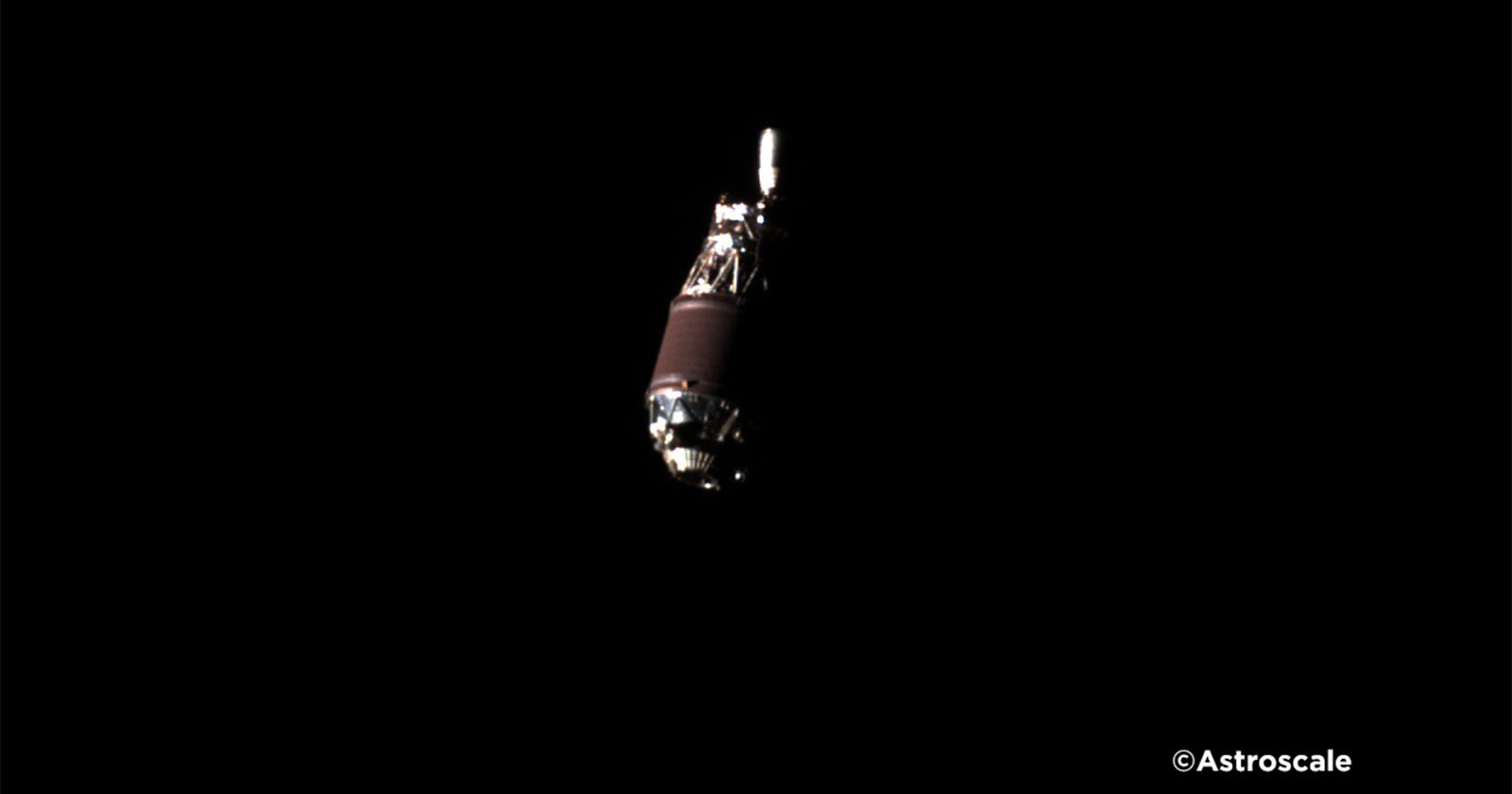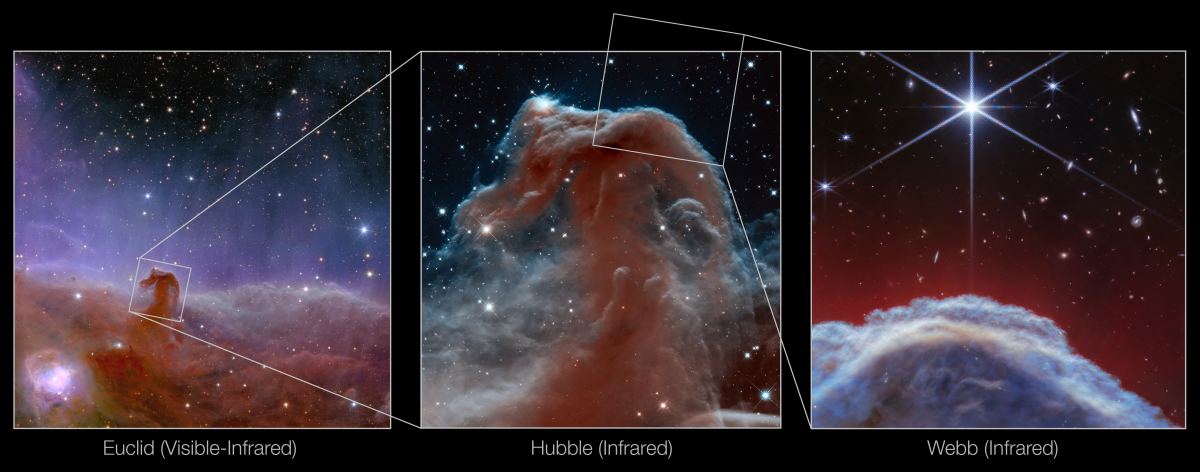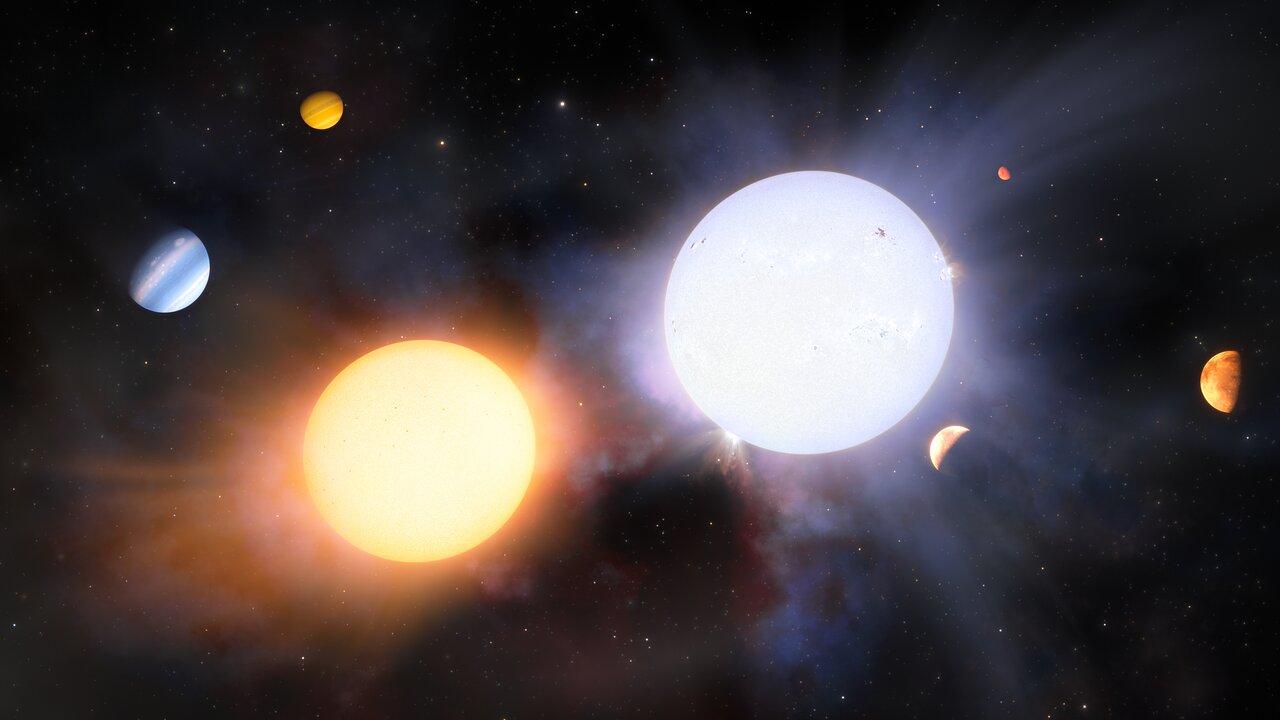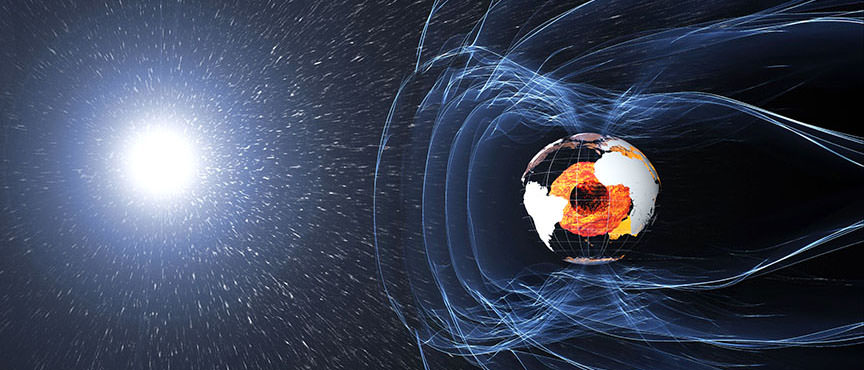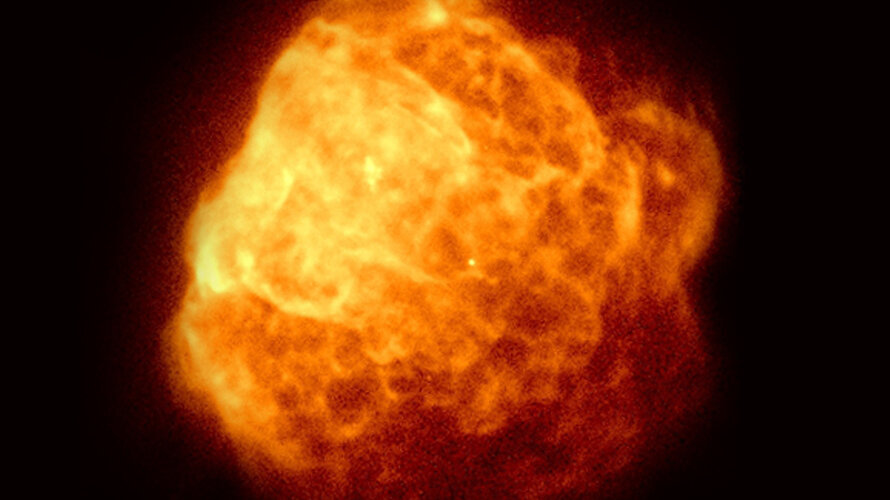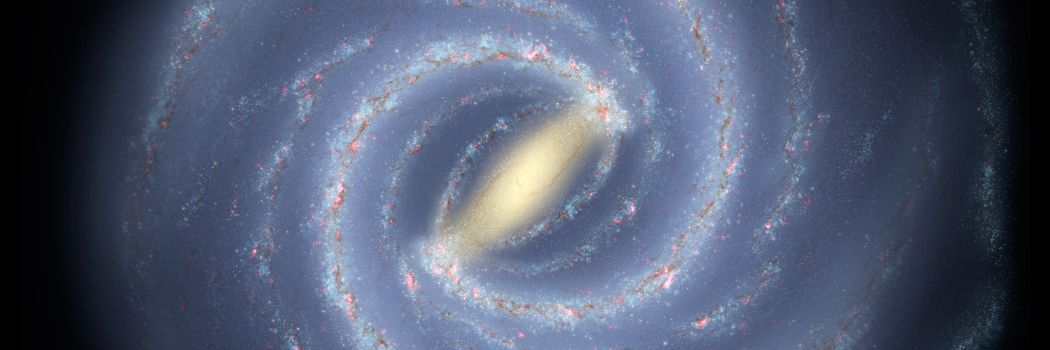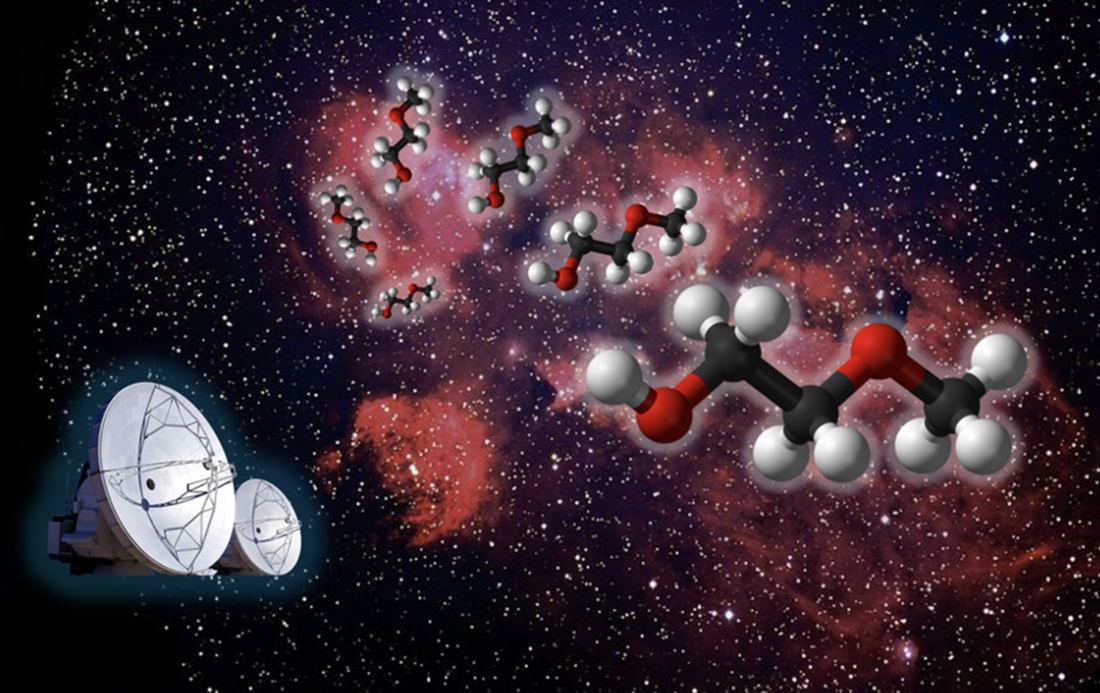Few things in life are certain. But it seems highly probable that people will explore the lunar surface over the next decade or so, staying there for weeks, perhaps months, at a time. That fact bumps up against something we are certain about. When human beings spend time in low-gravity environments, it takes a toll on their bodies.
What can be done?
Continue reading “Lunar Explorers Could Run to Create Artificial Gravity for Themselves”

